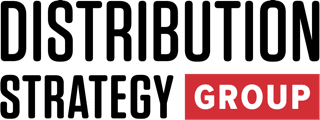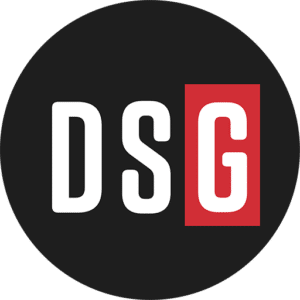Heating, Air-conditioning and Refrigeration Distributors International (HARDI) distributors reported a modest 0.5% decline in sales during August 2025, according to the association’s latest monthly report and survey. The dip marks a slight pause in an otherwise steady year for the heating, ventilation, air conditioning, and refrigeration (HVACR) wholesale sector.
On a 12-month basis, sales through August were up 4.2%, continuing a consistent growth trajectory despite softer demand in several regions. HARDI’s analysis attributes the August decline to both weather and calendar effects rather than underlying market weakness.
“We attribute the sales decline to cooling degree days being off by 10% and August 2025 having one less billing day than last year,” said Brian Loftus, HARDI’s macroeconomic and residential market analyst. “We estimate the sales growth was more than 4% with the same number of billing days.”
Cooling degree days—a measure of energy demand for air conditioning—fell sharply across much of the country during the month, resulting in fewer equipment and parts sales during what is typically a strong summer period for HVACR distributors. The impact of one fewer billing day also compounded the decline, Loftus said.
The report also highlighted encouraging trends in customer payments. HARDI’s survey measures distributors’ Days Sales Outstanding (DSO), an indicator of how quickly customers pay their invoices. The DSO averaged 37 days in August, down from 40 days during the years immediately following the COVID-19 pandemic.
“The DSO for August was near 40 days during the first few years post-COVID,” Loftus said. “This year and last, the DSO has been a bit quicker at 37 days. We hope this means customers are financially fit and paying their bills promptly.”
Loftus noted that overall sales growth has remained steady throughout 2025, even as distributors face economic headwinds, shifting demand patterns, and the ongoing industry transition to A2L refrigerants—new, lower-global-warming-potential blends that are gradually replacing legacy products.
“Sales growth has been steady this year despite big declines in cooling degree days in many regions and economic headwinds in all, while navigating the A2L transition,” Loftus said. “The next challenge of the year is working off the excess inventory during the next few months. After these challenges, next year will be so much easier.”
HARDI represents more than 490 distributor members operating over 5,000 branches, along with approximately 500 suppliers, manufacturer representatives, and service vendors across North and Latin America.
Don’t miss any content from Distribution Strategy Group. Join our list.


